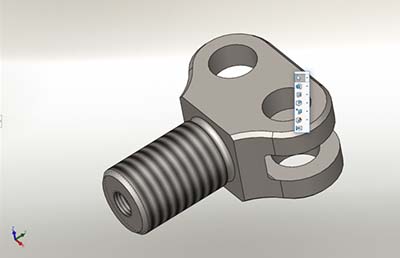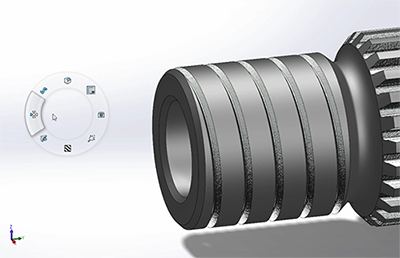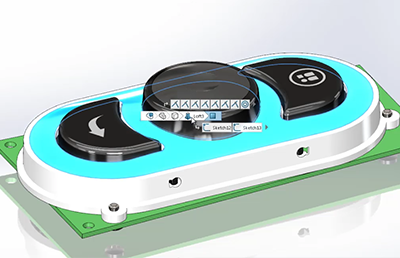We all get busy and when you’re rushing to get a job completed, it’s easy to form some bad SOLIDWORKS habits along the way. We polled some of our power users to see what helped them break the bad habits and increase their efficiency in SOLIDWORKS.
5 Habits of Successful SOLIDWORKS Power Users
1. Get Certified
Earning your SOLIDWORKS certification not only sharpens your skills, but it helps you stand out among the sea of SOLIDWORKS users. It can help you get a job, keep a job, or even earn a promotion. Plus, if you are on subscription, you can take the CSWP or the CSWA for free!
2. File Management
File management is likely your least favorite part of your job, but if you keep it clean and simple, you can focus your time on the fun stuff – designing! If you’ve ever opened an assembly and were greeted by an error message for missing part files, then you know the frustration of poor file management. Remember to use unique filenames, avoid duplicate files, and check if parts are used in an assembly before moving them. We recommend setting standards as a company. If you really want to eliminate the frustration and get your file management under control, consider purchasing SOLIDWORKS PDM.
3. S-Key
SOLIDWORKS is so robust it can be difficult to remember all the shortcuts at your fingertips. However, it is important you do not forget the basics. The S-key is a two-fold feature and can be a huge timesaver. Use the S-key to pull up a menu of commonly used features that are context specific for your assemblies, sketches, or whatever you may be designing. These can also be fully customized.
The S-key can also be used to search for commands. You have a lot of power available to you in the CommandManager, but since some of the features are tucked away in sub-menus, you can use the S-key to search for the feature you need. This shortcut will save an extra step because the search bar normally defaults to searching the helpdesk rather than commands. So, whether you are looking for a buried feature, or can’t remember where it is located, the S-key is a shortcut that should not be under-utilized.
Also, don’t forget the S-key can also be customized for even more time savings!

4. Mouse Gestures
Mouse gestures are great for customizing frequently used commands to each unique user. Simply right-click and drag to access your mouse gestures at your cursor location. You have the option to choose four or eight commands that are context-specific, meaning you can choose different commands for assemblies, sketching, etc. The power of customization can be a great time saver. Edit: You can have up to 12 mouse gestures in SOLIDWORKS 2018!

5. Breadcrumbs
SOLIDWORKS 2016 introduced a new user interface and a new tool called breadcrumbs. Breadcrumbs are designed to significantly decrease mouse movement across the screen because you can access a hierarchy of entities and features without having to go back and forth to the feature tree and CommandManager. By using the D-key, you can bring the breadcrumbs right to your cursor location for additional time savings. As an added bonus, the D-key also brings the Confirmation Corner directly to your cursor.

SOLIDWORKS Essentials
Ready to take your SOLIDWORKS skills to the next level? Learn how to best optimize the above skills by attending our SOLIDWORKS Essentials training. This course, which goes beyond the basics, is a great introduction for new SOLIDWORKS users, as well as a valuable refresher for the longtime user.
Share
Meet the Author

